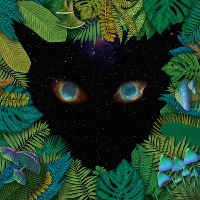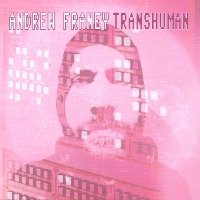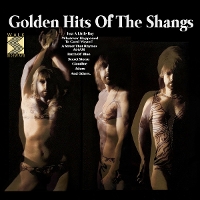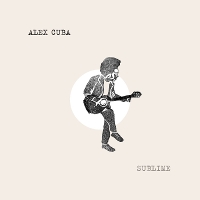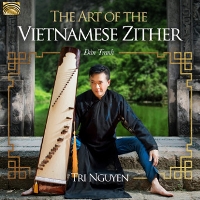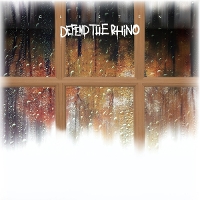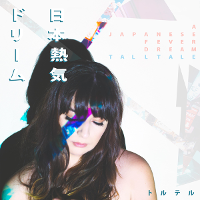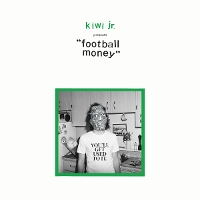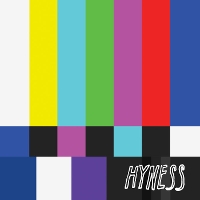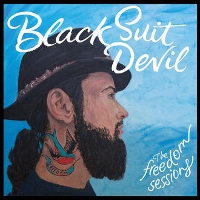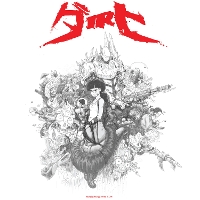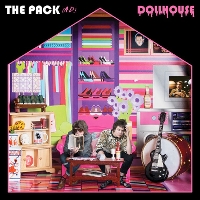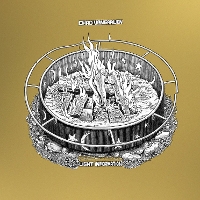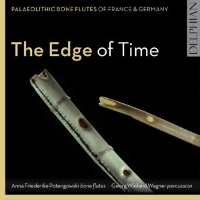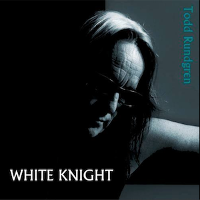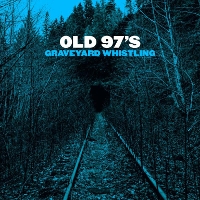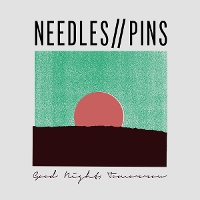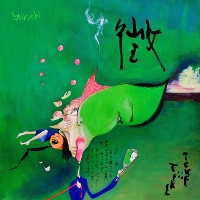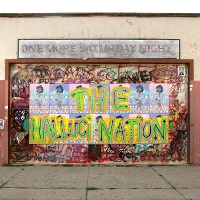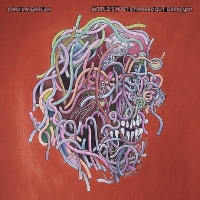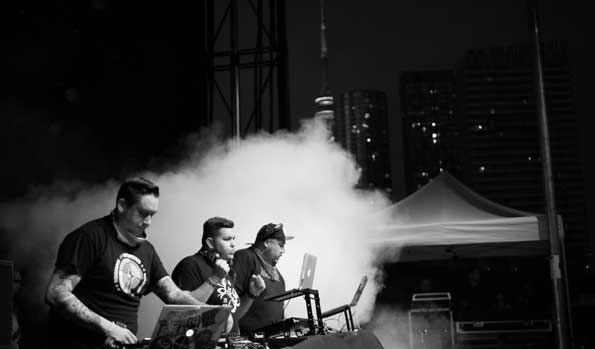
We Are The Halluci Nation - A Tribe Called Red
Ottawa-based electronic artist Ian 'DJ NDN' Campeau discusses their new album and how we can all help to build the Halluci Nation.
A Tribe Called Red seek to bring all nations together to ease the scars of the past and build a strong foundation for the future. Made up of Ian “DJ NDN” Campeau, Tim “2oolman” Hill, and Bear Witness, they have incorporated Indigenous voices and Indigenous sounds in their work from day one. Alongside like-minded collaborators, their ongoing story is one of activism and of Indigenous representation. Now with the release of their latest album We Are The Halluci Nation, they. I reached out to Ian on a cool Tuesday morning to find out more about the album and the message behind it.
The spoken word opening track by John Trudell and Northern Voice is a declaration that has a common understanding amongst the Indigenous peoples of North America. Ian agreed with this sentiment as he explained that “The Halluci Nation is the way we look at North America. It is looking at Indigenous people beyond their regalia”. Ian further contextualized the ideas behind the album by comparing how long some Indigenous peoples have inhabited Canada (averaging about ten thousand years or more) and the notion of Canada itself (Canada will soon celebrate 150 years since Confederation). For Ian, there is more of an importance in the peoples of the land rather than the lines on the border.
One night we had a chance to show the two of them the beat to "R.E.D" and soon after that they were on the albumWe Are The Halluci Nation features a world-class set of collaborators including artists such as Inuit throat singer Tanya Tagaq, an Atikamekw nation drum group known as Black Bear, Anishnaabeg family drum group the Chippewa Travellers, American hip hop artist Yasiin Bey, Sami Jojk singer Maxida Märak, and plenty more. Each collaborator is joined by the trademark “powwow step” that A Tribe Called Red is famous for.
When I asked Ian about reaching out to artists, how they worked with Yasiin Bey came with a story. “Our tour manager is Kahnawake Mohawk but is also Narcy’s DJ”. Narcy is one of the collaborators on the song “R.E.D” along with Yasiin Bey and Black Bear. Ian continues, “Narcy is like family; he is very close with our group and with our tour manager. He is also friends with Yasiin Bey as they met through a mutual Muslim comedian friend in Montreal. As they were both rappers and both namedYasiin they started to hang out with Yasiin Bey travelling up from Cape Town to Montreal to visit. One night we had a chance to show the two of them the beat to “R.E.D” and soon after that they were on the album”. Ian finishes the story by saying that many of their collaborations were based on knowing a friend of a friend or by meeting people while travelling; they met Maxida Märak when they travelled to the Sami music festival Riddu Riddu in Norway.
In the run-up to the release of We Are The Halluci Nation the group put out a mini-documentary featuringBlack Bear where they traveled up to Manawan, Quebec and recorded the composition process. The Manawan Session features Black Bear in their community, speaking their language, and detailing their writing process as images of the town itself are cut in intermittently. A common influence for both A Tribe Called Red and Black Bear is the American Indigenous band known as Redbone and their song “Come and Get Your Love”; Bear Witness elaborates on the incorporation of Indigenous dancing and rhythms in the one of their live performances. Ian mentioned to me that other album influences include John Trudell, Canadian singer-songwriter and Indigenous activist Buffy Sainte-Marie, and 7th Fire.
As A Tribe Called Red travel throughout Canada and around the world, they encounter opportunities to collaborate with other Indigenous artists and performers. The aforementioned Riddu Riddu, the Calgary Folk Festival where they shared the stage with Australian Aborigine musicians in the Dreamtime workshop, and the Winnipeg Folk Festival to name a few allow for an understanding of what it means to be Indigenous in a global context. For Ian, this means that it becomes apparent that Indigenous struggles and Indigenous histories are exactly the same and that colonization is more of a checklist. For example, Ian mentions that in Sweden Maxida is currently protesting pipelines travelling through traditional reindeer herding territory. There is also mention of Sami residential schools, Australian reservation systems, and how the displacement of Indigenous peoples is something that is felt outside the borders of Canada. However, when A Tribe Called Red went to Australia Ian noted that their Indigenous ceremonies, dances, and traditions had the same ideas behind them as those found in North America, which strengthens Ian’s idea of the importance of the people rather than the borders they live in.
Currently on tour, Ian shared with me what he hopes to achieve with both the album and the tour. “The oppression within society can end, if we start looking at it and start addressing it together”.
We Are The Halluci Nation is out now. Take a look at http://atribecalledred.com/ for upcoming Canadian tour dates.
We Are The Halluci Nation is out now. Take a look at http://atribecalledred.com/ for upcoming Canadian tour dates.

